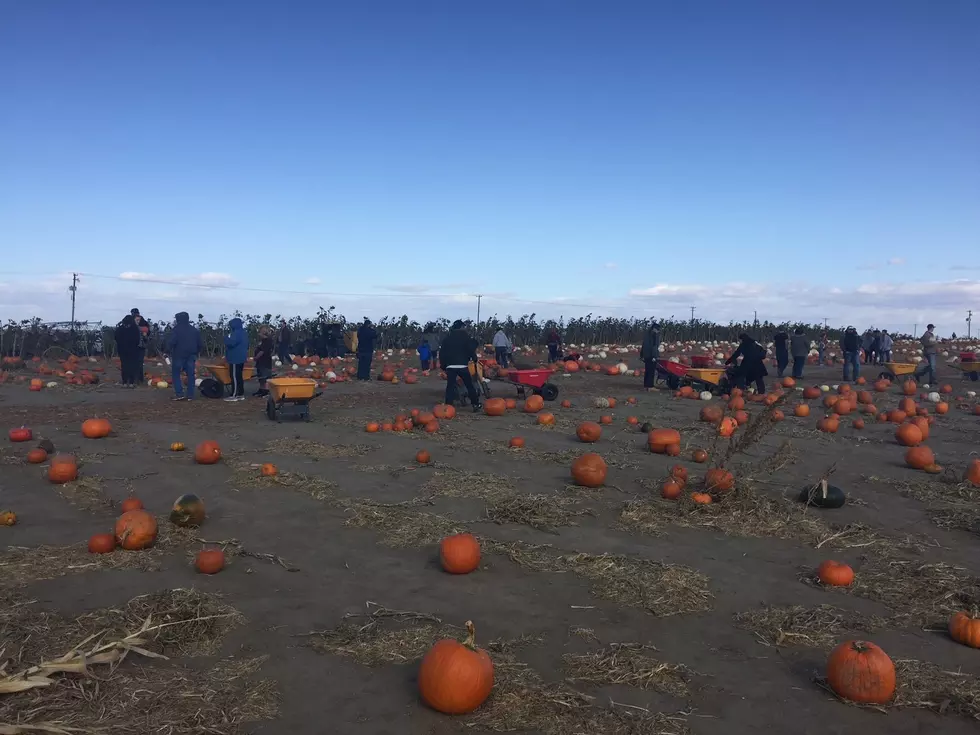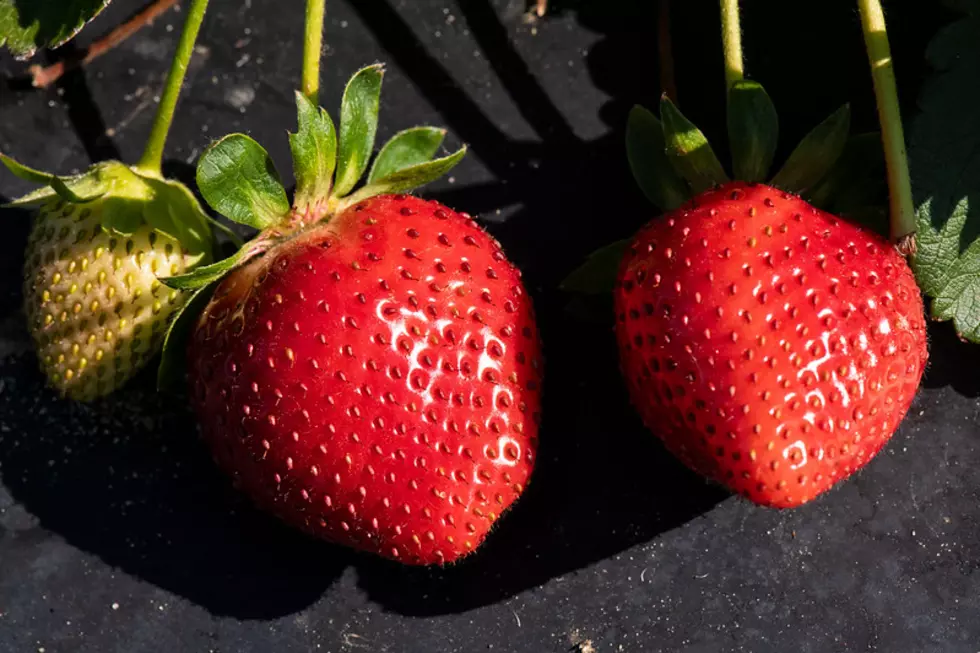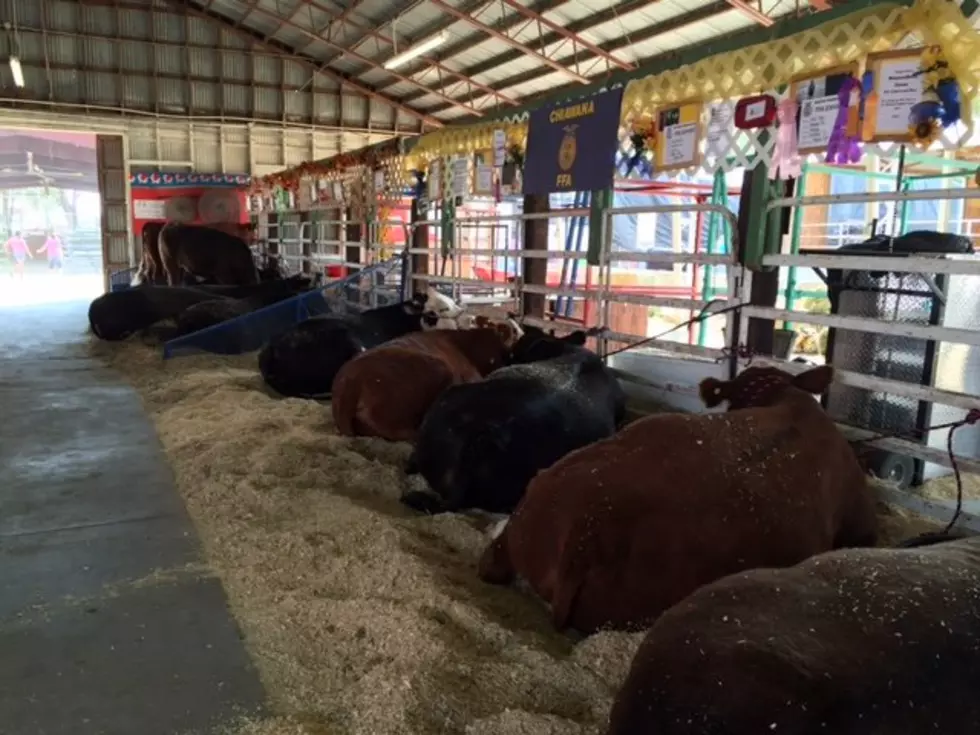
Should Wheat Growers Be Concerned About Snow Mold, Diseases?
Because of that late winter snow storm the rolled across the Northwest, will wheat growers need to combat snow mold this spring?
For much of the state, the answer is no.
However, North Central Washington, stretching north of Highway 2 between Waterville and Coulee City looks to be the exception.
“They’ve had snow on the ground since late November/early December, so they’re over that kind of 100 day threshold that we often talk about," said Washington State University's Tim Murray. "The good thing for the growers up there is they are use to it, and they plant resistant varieties. So, I wouldn’t expect to see a lot of losses, but I certainly expect to see some disease.”
The last time snow mold was a wide spread problem across the Northwest, the winter of 2016-17, when many areas had snow on the ground for 80 days or more. Murray added he doesn’t expect last month’s snow storm to make any diseases worse. In fact, Murray believes the late winter weather will delay the development of Stripe Rust.
“Under snow, the Strip Rust fungus is also going to survive, but it’s not going to be growing and spreading. And so, here we are nearing well into March and we still have pretty good snow cover on fields. I don’t expect the Stripe Rust to be worse because of that, maybe a little less severe.”
Murray says what he is concerned about with the late season now, is crop rotation.age.
If you have a story idea for the Washington Ag Network, call (509) 547-1618, or e-mail gvaagen@cherrycreekradio.com
More From PNW Ag Network









